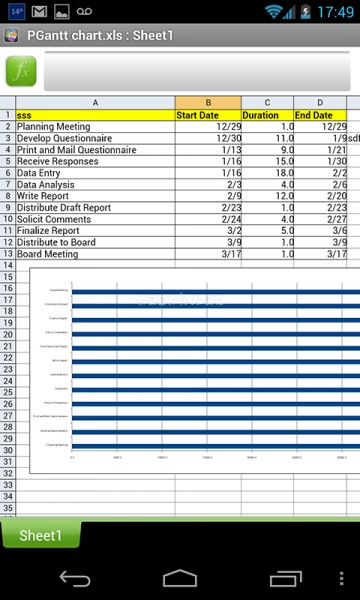
Initially developped through the PEGASUS project, OpenDRIVE was then transfered to ASAM, where its development continues.Īn OpenDRIVE file follows the XML standard and contains all relevant information describing a road network. This includes road geometries, marking, lanes, borders, etc. Any road network in the world can be described in the OpenDRIVE format. One answer lies in the reason why we use driving simulators: to run experiments. As such, we’re interested in data that will be generated when subjects are driving. Some of that data includeĪll of those values have one thing in common: they rely on the road geometry. If the road is perfectly uniform and straight, computing those is simple.

However, roads are never uniform and straight, so we need to have access to the actual geometry of them to compute those values.Īnother reason is scenario creation. When you’re building your experiment, you create some situations which involve other actors, such as cars or pedestrians. If your scenario involves following a lead car, you want to be able to simply set the lead car to “keep its lane”, without having to manually describe the curve it has to follow.

Having access to the complete road description empowers the scenario designer to easily control any actor within the scene.

Pedestrians that automatically walk around their block, to add some life to our scenes.A Virtual Driver, which can drive any car on any road network, while being controlled with high level goals, such has “keep your lane” or “turn left at the next intersection”.With such description at hand, we’ve been able to implement some major features of our platform, that we’ll detail later in this blog.


 0 kommentar(er)
0 kommentar(er)
